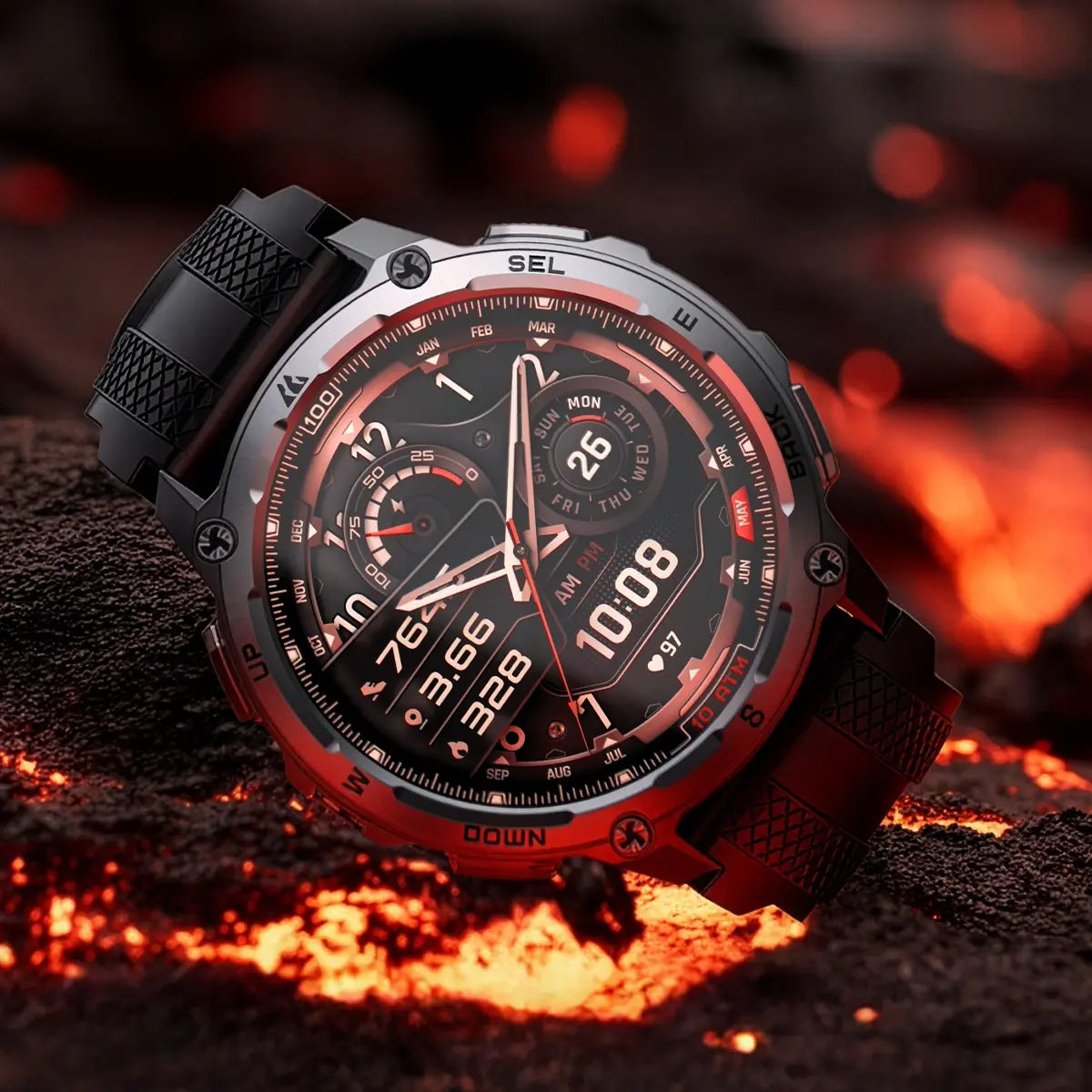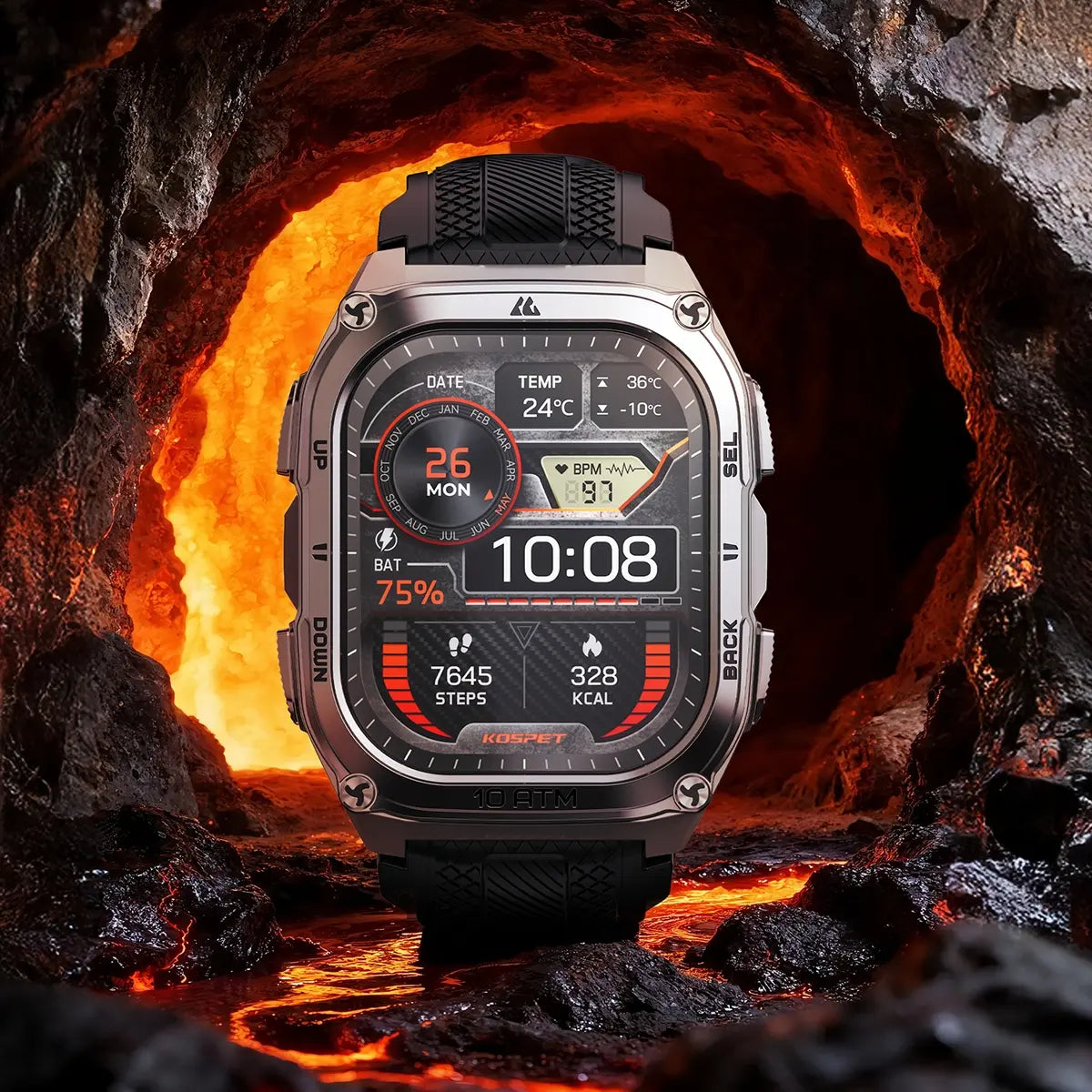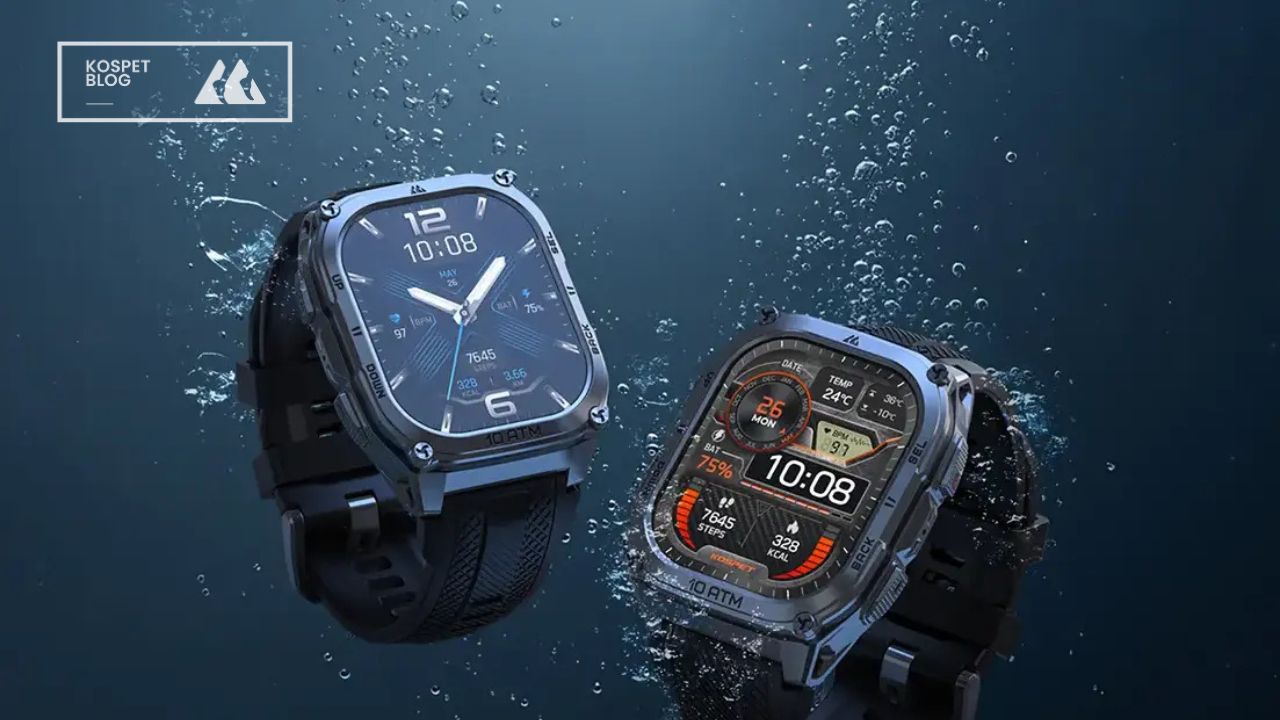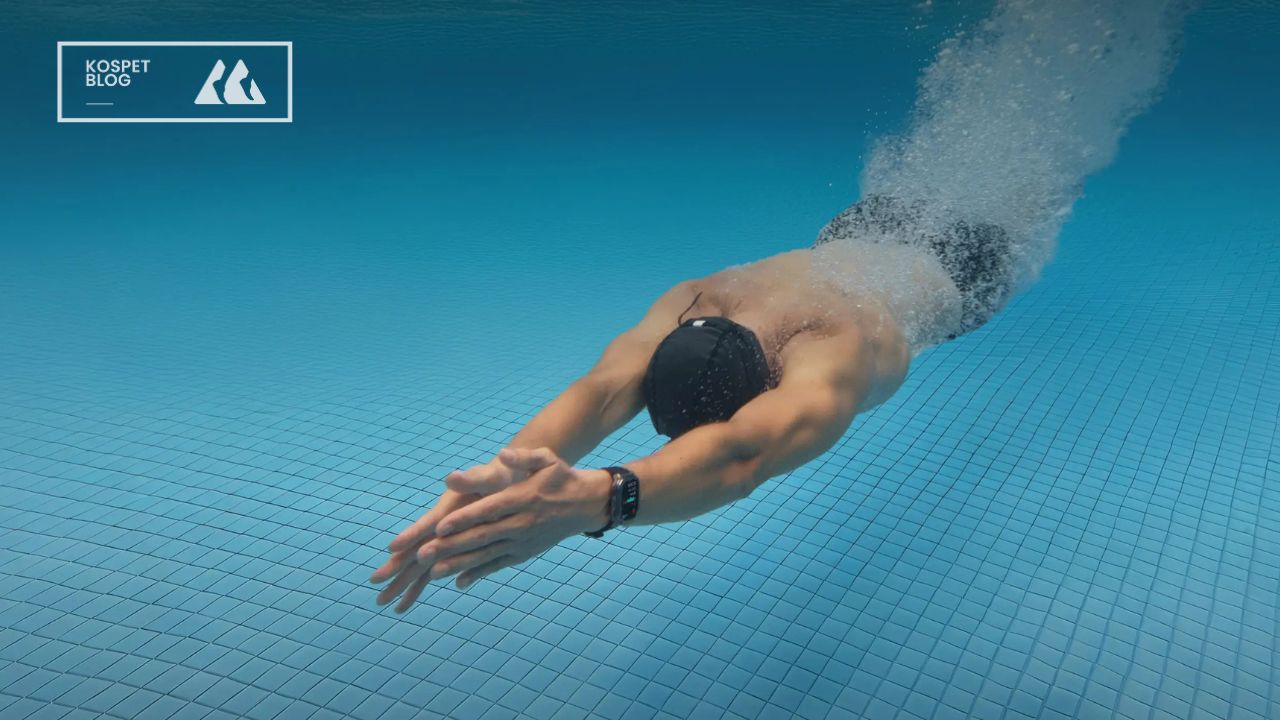When you’re shopping for a new watch, one of the key features you’ll likely come across is whether the watch is “water-resistant” or “waterproof”.
While both terms sound similar, they refer to different levels of water protection, and choosing the right one depends on how you plan to use your watch.
This guide will explain the differences, help you understand which type is best for you, and provide practical advice on how to care for your watch.
What Does Water-Resistant Really Mean?
A water-resistant watch is designed to withstand a certain amount of water exposure, but it’s not built for extended submersion. Water-resistant ratings are typically measured in ATM (atmospheres), which indicate how much pressure the watch can withstand.
Common Water-Resistant Ratings:
- 3 ATM (30 meters): These watches are suited for light rain or washing your hands, but you should not swim or submerge them in water.
- 5 ATM (50 meters): Suitable for shallow swimming or water sports like light water aerobics, but not for diving.
Why It Matters:
For everyday wear, a water-resistant watch is often sufficient. If your watch will only encounter light exposure to water, like rain or splashes from washing your hands, a water-resistant watch should work just fine.
But, if you plan on swimming or engaging in any kind of water sport, it’s better to look for a higher rating.
What Does Waterproof Really Mean?
A waterproof watch offers a higher level of protection. It is built to withstand submersion in water and can handle more intense water exposure.
While no watch is completely “waterproof” forever, the term generally refers to watches with a higher ATM rating, designed to handle submersion and pressure at greater depths.
Common Waterproof Ratings:
- 100 meters (10 ATM): Ideal for swimming and shallow diving. You can wear it in the pool without worrying about water damage.
- 200 meters (20 ATM): This is suitable for recreational diving, allowing for deeper immersion than a 100m-rated watch.
Why It Matters:
If you plan on engaging in any serious swimming, snorkeling, or diving, a waterproof watch is essential. These watches are specifically designed to withstand greater depths and pressure, which makes them more reliable for water sports and aquatic activities.
However, waterproof doesn’t mean indestructible — the watch’s seals can wear down over time, so maintenance is still necessary.
Read More: What You Need to Know About Waterproof Watches
Key Differences Between Water-Resistant and Waterproof
It’s important to understand the key differences between water-resistant and waterproof watches:
- Water-resistant watches are good for everyday wear and light water exposure like rain or hand washing.
- Waterproof watches are designed for water-based activities and can handle higher pressures, making them suitable for swimming, snorkeling, and diving.
Comparison Table:
| Feature | Water-Resistant | Waterproof |
|---|---|---|
| Suitable for swimming | Limited (5 ATM) | Yes (100m and above) |
| Suitable for diving | No | Yes (200m+) |
| Everyday wear | Yes | Yes |
| Material durability | Lower | Higher |
| Handles high water pressure | No | Yes |
Choosing the Right Watch for Your Needs
Now that you understand the differences, let’s explore how to choose the right watch for your lifestyle and activities.
For Everyday Use: KOSPET TANK M3U
For daily wear and light water exposure, the TANK M3U is a great choice. It has 5 ATM water resistance, making it perfect for activities like light rain, washing your hands, or sweating during exercise. The watch also boasts an IP69K rating, meaning it's resistant to dust and sweat, which adds to its durability for everyday use.
The TANK M3U strikes the ideal balance between ruggedness and comfort, handling everyday water exposure while being built to withstand daily wear and tear.
For Swimming and Light Water Sports: KOSPET MAGIC Series
If you enjoy swimming, water aerobics, or light water sports, the MAGIC R10 and P10 are excellent options. With 5 ATM water resistance, these watches can handle swimming in a pool or other shallow water activities. The lightweight design and stylish look make them suitable for both everyday wear and moderate water exposure.
The MAGIC Series is perfect for poolside activities and light water sports, providing the water resistance you need without sacrificing style or comfort.
For Diving and Extreme Water Sports: KOSPET TANK M4
For diving and extreme water sports, the TANK M4 is the best choice. With a 10 ATM water resistance rating, this watch is built to withstand deeper depths, making it suitable for recreational diving. The ISO 6425 certification ensures it’s been tested and verified for underwater use, offering peace of mind for divers and water sports enthusiasts.
The KOSPET TANK M4 is specifically designed for serious diving and extreme water activities, providing both durability and higher water resistance to meet the needs of divers and extreme sports participants.
These watches are tailored to meet the demands of different water exposure levels. The TANK M3U is perfect for everyday use, the MAGIC Series handles swimming and light water sports, and the TANK M4 is built for diving and extreme water sports. Each watch provides the right balance of water resistance, durability, and functionality for its intended use.
The Importance of Materials and Seals in Waterproofing
The materials and construction of the watch play a key role in its ability to withstand water. Here are the essential components:
- Seals and Gaskets: These rubber or silicone components are responsible for preventing water from entering the watch. Over time, they can degrade, which is why regular maintenance and seal replacement are necessary.
- Case Material: Stainless steel, titanium, and ceramic are commonly used for waterproof watches because of their durability and resistance to corrosion. These materials help protect the watch's internal mechanisms from water damage.
- Crown Design: Many waterproof watches have a screw-down crown, which tightens to ensure a better seal and keep water out.
How to Care for Your Waterproof Watch
Proper care is essential for maintaining your watch’s waterproof abilities. Here are some tips for keeping your watch in top shape:
Rinse After Saltwater or Chlorine Exposure:
After exposing your watch to saltwater or chlorinated water, always rinse it with fresh water. Salt and chlorine can corrode the watch seals, so cleaning your watch thoroughly helps maintain its durability.
Avoid Extreme Temperatures:
High temperatures (like hot tubs or saunas) and extreme cold can damage the seals of your watch. Avoid exposing your watch to such temperature fluctuations as they can cause the seals to shrink or expand, leading to water leakage.
Regular Maintenance and Pressure Testing:
A waterproof watch should be pressure tested every 2-3 years to ensure it still maintains its integrity. Over time, seals wear down, and the watch may lose its ability to withstand water pressure. It’s best to take your watch to a professional for seal checks and battery changes if necessary.
Conclusion
Choosing between a water-resistant and waterproof watch comes down to how you intend to use the watch. For everyday activities, a water-resistant watch will suffice, while a waterproof watch is necessary for swimming, diving, and extreme water sports. Make sure to check the rating before making your purchase, and always choose a watch that matches your lifestyle.
Remember, regular care and maintenance, especially seal replacements and pressure testing, are vital to keep your watch’s waterproof features intact.
FAQs
Can I swim with a water-resistant watch?
Yes, if it has at least 5 ATM rating. Anything less than that is not suitable for swimming.
What’s the difference between 50m and 100m waterproof watches?
A 50m watch is fine for light swimming and everyday water exposure, but a 100m watch is better for pool swimming and light diving.
How often should I service my waterproof watch?
Have your watch pressure tested every 2-3 years to ensure the seals and waterproofing are intact.










Leave a comment
All comments are moderated before being published.
This site is protected by hCaptcha and the hCaptcha Privacy Policy and Terms of Service apply.